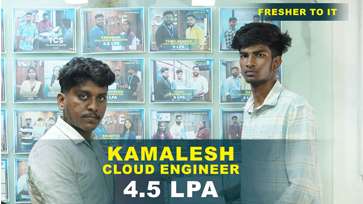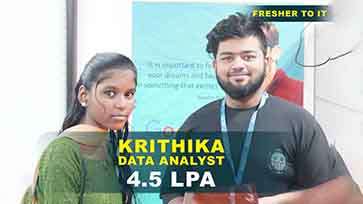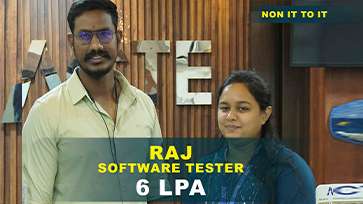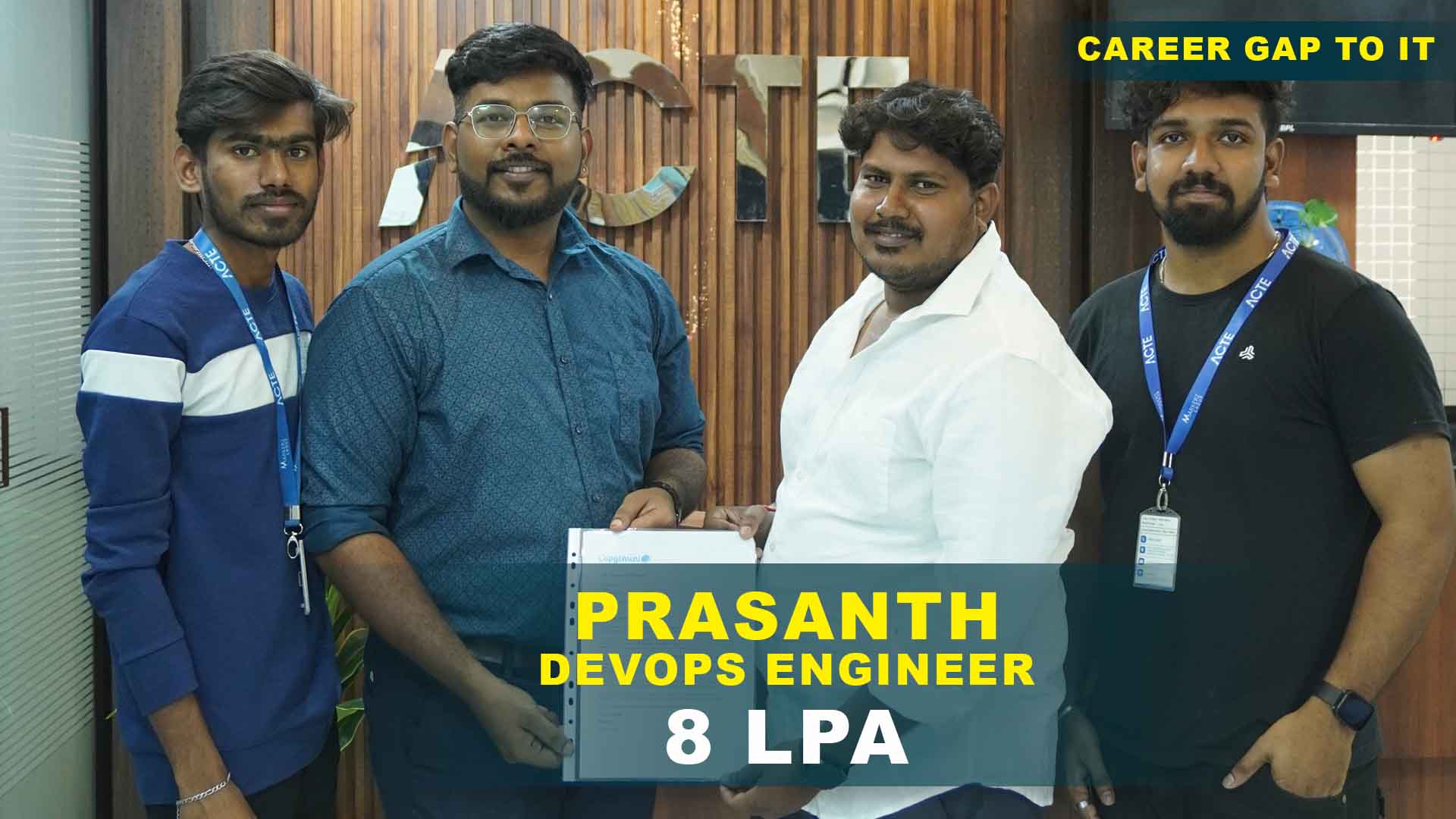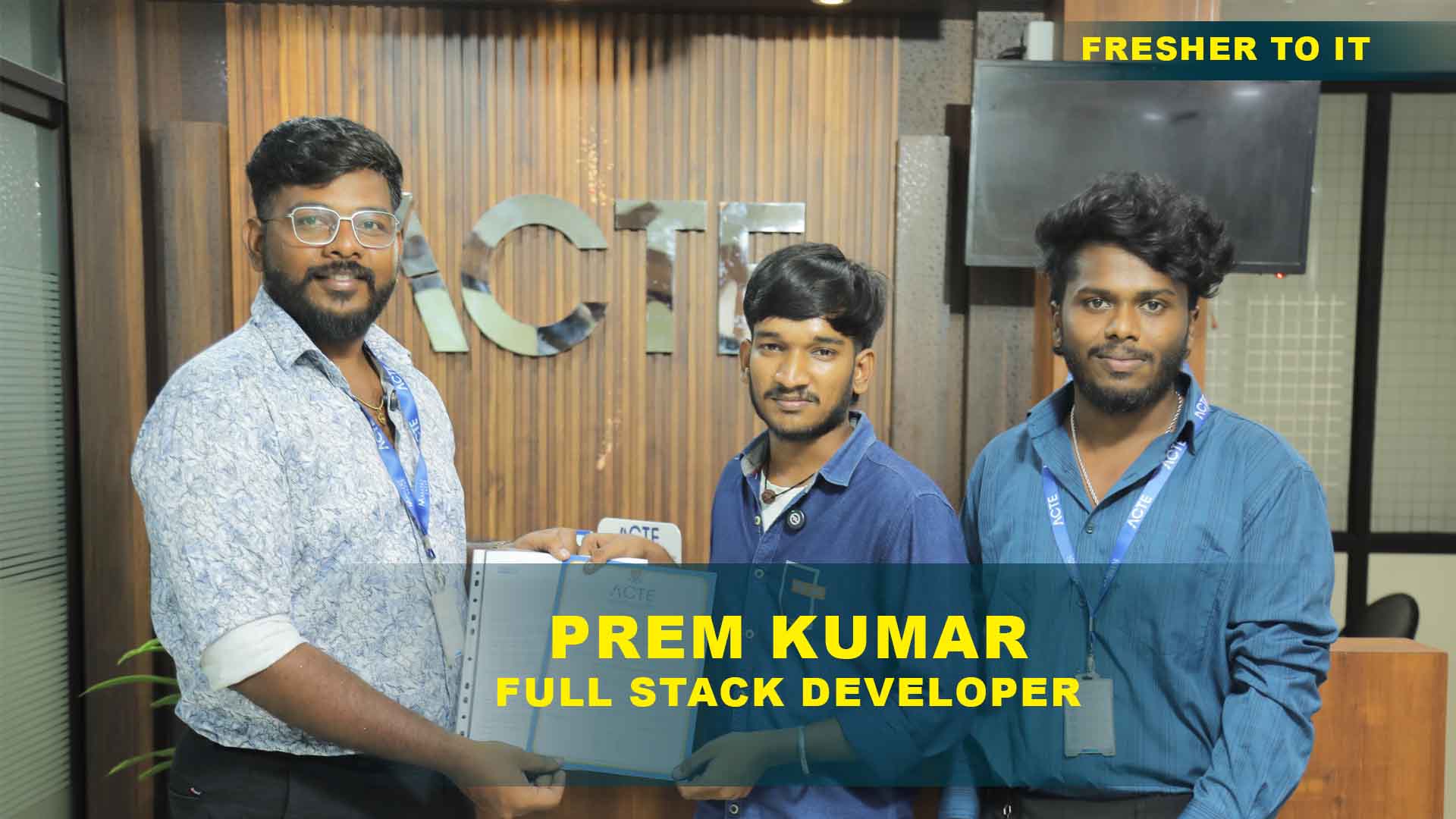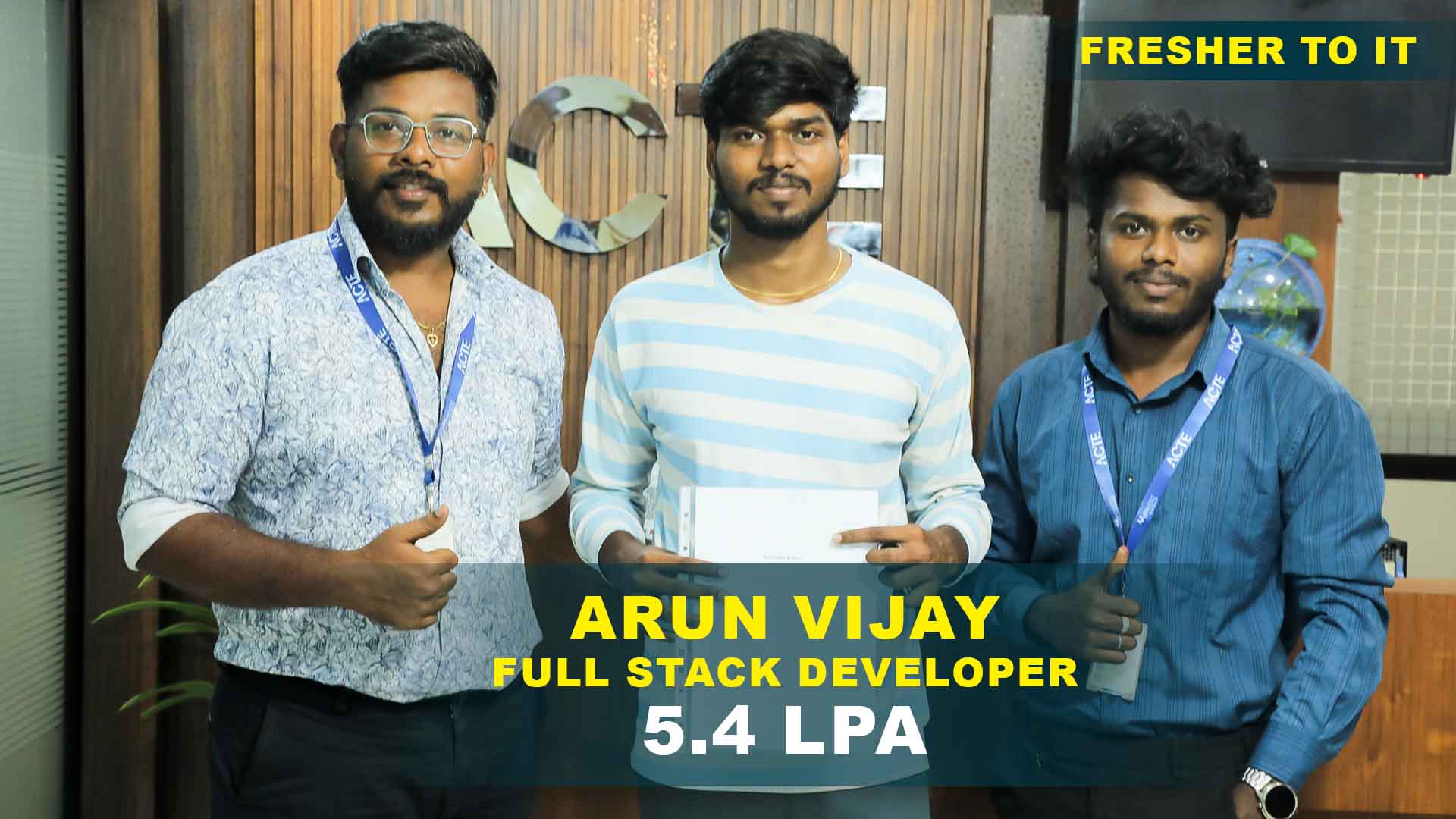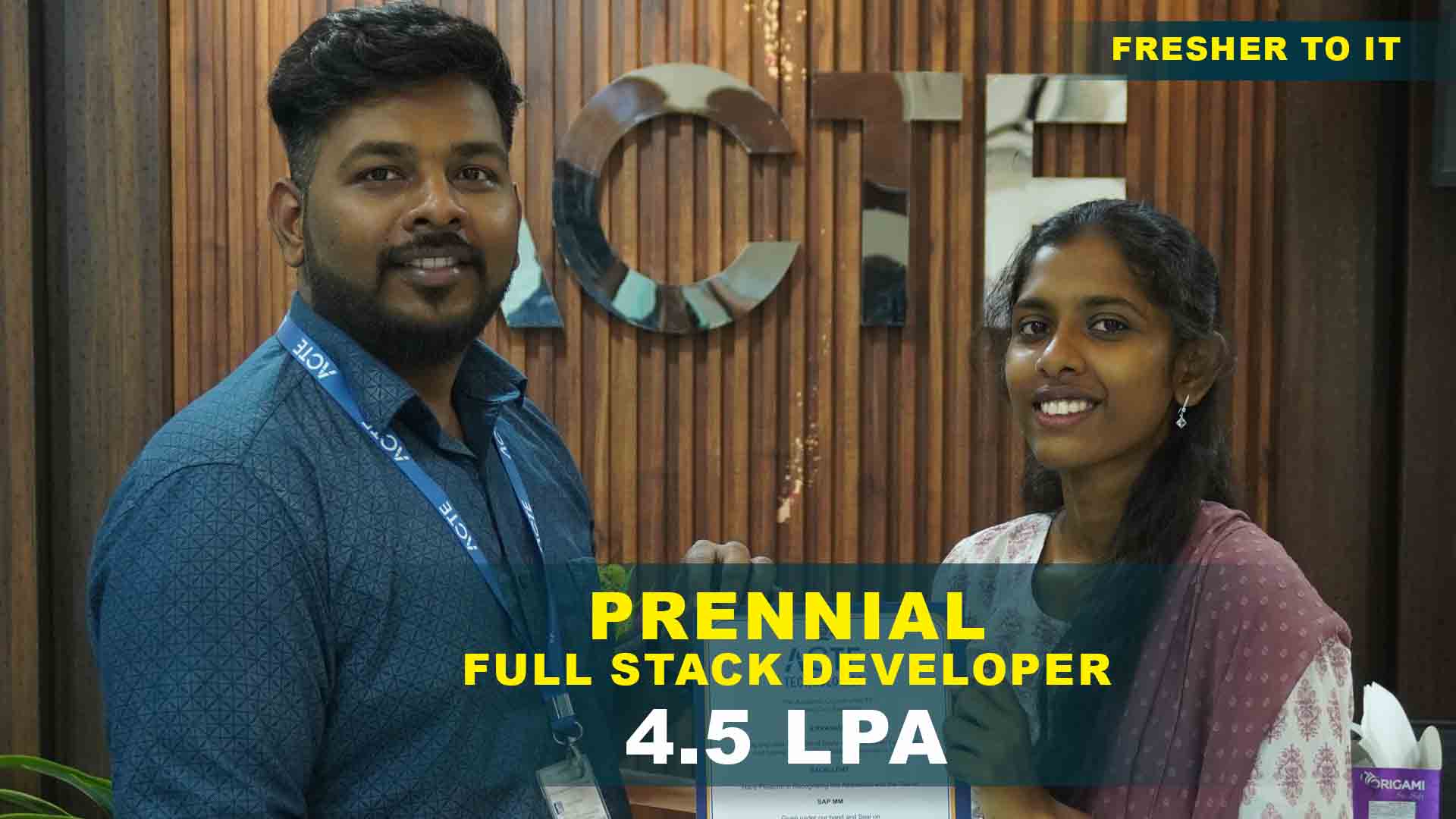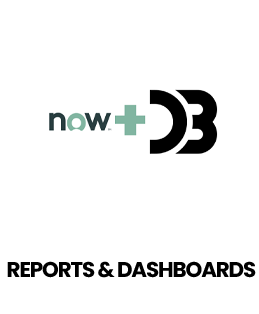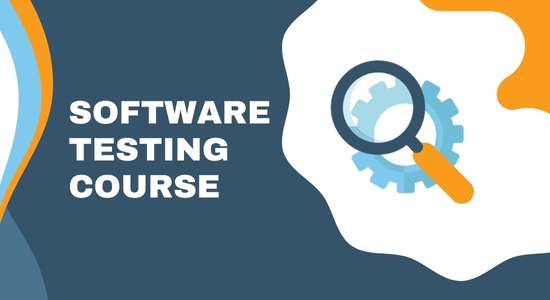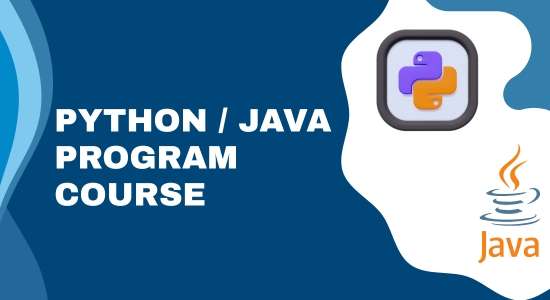1. What is the difference between a ServiceNow Administrator and a ServiceNow Developer?
Ans:
A ServiceNow Administrator focuses on configuring the platform, managing users, roles, security, workflows, reports, and dashboards without coding. A ServiceNow Developer works with Business Rules, Client Scripts, Flow Designer, and UI Policies to build custom solutions. While Admins optimize usability and IT processes, Developers extend functionality with scripting and automation.
2. How do you approach requirement gathering in a ServiceNow project?
Ans:
Requirement gathering involves conducting stakeholder interviews, surveys, and process analysis to understand IT goals and user needs. This information helps define tables, fields, workflows, and automation, ensuring the ServiceNow solution is tailored to IT processes and delivers real value.
3. What are the common tools you use for ServiceNow development and administration?
Ans:
- ServiceNow Studio
- Flow Designer
- Business Rules & Client Scripts
- Update Sets
- Reports & Dashboards
- IntegrationHub
4. Can you explain what a ServiceNow Table is and how you create one?
Ans:
A ServiceNow Table is a database structure that stores records, such as Incidents, Changes, or Assets. Tables can be standard (provided by ServiceNow) or custom (created for specific IT processes). To create a custom table, define fields, relationships, and access controls, and then use it in workflows, automation, and reports.
5. How do you ensure your ServiceNow implementation is secure and accessible to users?
Ans:
I follow ServiceNow security best practices by configuring roles, access controls (ACLs), and field-level security. For accessibility, I ensure clear forms, readable layouts, proper field labeling, and intuitive navigation across devices, making the system usable for all users.
6. What is your process for creating reports and dashboards in ServiceNow?
Ans:
I start by identifying key IT metrics and data sources. Then, I design reports with proper filters, grouping, and visualizations. Dashboards are built using charts and graphs to monitor KPIs. I test with end-users, gather feedback, and refine to ensure insights are actionable.
7. How do you validate your ServiceNow solutions?
Ans:
Validation is performed through development or sandbox testing, user acceptance testing (UAT), regression testing, and stakeholder feedback. I also simulate real IT scenarios to ensure workflows, automation, and data models function as intended before deploying to production.
8. What are the key principles of a good ServiceNow implementation?
Ans:
- Maintain clean and validated records
- Scalable and maintainable configurations
- Minimal custom scripting; use declarative tools first
- Consistent naming conventions and documentation
- Automation that improves efficiency without adding complexity
9. How do you handle conflicting feedback from stakeholders?
Ans:
I listen carefully to all feedback and map it against IT requirements and system constraints. Then, I prioritize based on business impact, communicate trade-offs clearly, and propose balanced solutions that address the concerns of both stakeholders and end-users.
10. How do you keep yourself updated with ServiceNow trends and technologies?
Ans:
I stay updated by completing official ServiceNow training and certifications, following release notes, and attending webinars and community events. I also participate in forums, join user groups, and explore new integrations from the ServiceNow Store to continuously enhance my skills.

